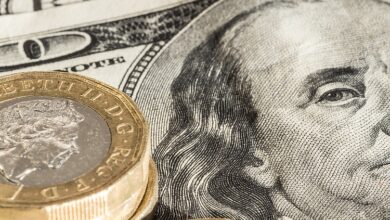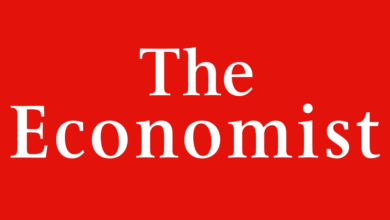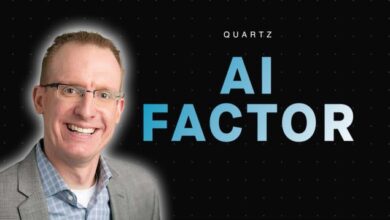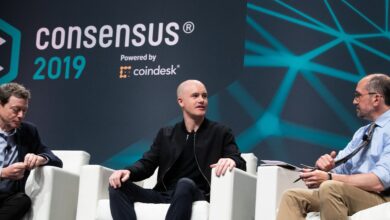Bond investors gear up for looming Fed interest rate cuts
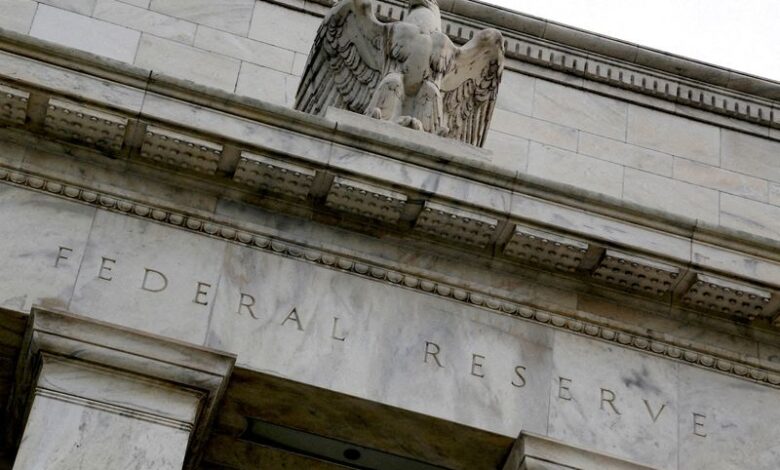

© Reuters. FILE PHOTO: An eagle tops the U.S. Federal Reserve building’s facade in Washington, July 31, 2013. REUTERS/Jonathan Ernst/File Photo
By Gertrude Chavez-Dreyfuss
NEW YORK (Reuters) – Bond investors are expecting the Federal Reserve to drop its bias toward hiking interest rates at a policy meeting this week to prepare the market for what could be multiple rate cuts this year and the first since the start of the COVID-19 pandemic in 2020.
Portfolio managers have increased bets on long-duration U.S. Treasuries ahead of the meeting, reflecting expectations that yields on those securities will decline as the U.S. central bank moves toward cutting rates. As the economy slows, longer-duration bonds tend to outperform other assets.
Generally, bonds with long maturities and low coupons have the longest duration. These bonds are more sensitive to changes in interest rates.
“We have throughout the past year suggested extending duration in anticipation of the cycle turning,” said Kathy Jones, chief fixed income strategist at the Schwab Center for Financial Research in New York.
The Fed is widely expected to hold interest rates steady at the end of its two-day policy meeting on Wednesday, with some investors seeing a possibility that it could ramp up its dovish tone after it was perceived to have pivoted from a tightening policy outlook at its meeting last month.
Seventeen of 19 Fed officials projected at the Dec. 12-13 meeting that the policy rate would be lower by the end of this year, compared to where it was last month. The Fed’s median projection showed the rate falling three-quarters of a percentage point from the current 5.25%-5.50% range.
Guneet Dhingra, managing director and head of U.S. rates strategy at Morgan Stanley in New York, said the Fed could talk more this week about an easing bias. “The only question is how quickly it starts and how fast the easing is.”
In the rate futures market, rate cut bets were a little more aggressive. Federal funds futures, a straightforward measure of where traders believe the U.S. central bank’s benchmark overnight interest rate will be at any given time, have priced in five 25-basis-point cuts for 2024, according to LSEG’s rate probability app.
The market is pricing in the first rate cut to occur at the April 30-May 1 meeting, with a 91% probability. Futures showed less than a 50% chance of a cut at the March 19-20 meeting. Odds of a cut in March were as high as 80% three weeks ago.
LONG DURATION
“We have moved to longer duration for all the portfolios we manage,” said Jeff Klingelhofer, co-head of investments at Thornburg Investment Management in Santa Fe, New Mexico, with around $43 billion in assets under management.
“The bar for reverting back to higher rates is quite high and we’re unlikely to go there,” he added, noting that given how aggressive the Fed’s rate hikes have been over the last two years, a U.S. recession is more likely than not.
Since last month’s meeting, however, U.S. non-farm payrolls data for December and gross domestic product growth for the fourth quarter of 2023 came in surprisingly strong.
Ryan Swift, a bond strategist at BCA Research in Montreal, wrote that with federal funds futures being overly dovish despite a run of generally solid U.S. economic data, the more likely near-term trade for investors is to reduce some of the embedded rate cuts in the futures contracts.
This argues, he said, for keeping portfolio duration close to the benchmark, or maintaining a flat bias.
According to a Reuters poll of economists, the Fed will likely wait until the second quarter of 2024 before cutting rates. Those economists see the June 11-12 meeting as the more likely time for the central bank to lower borrowing costs.
have actually risen about 8 basis points since the Fed’s meeting last month, giving investors some room to go long on Treasuries. As of Monday, 10-year yields were last yielding 4.10%.
Thornburg’s Klingelhofer said a more than 4% yield for 10-year Treasury notes is an attractive entry point for investors.
“I think it’s unlikely that we see 5% again. In order to see above 5% in the 10-year, you have to believe that either we don’t get a recession or the Fed doesn’t cut over the next 10 years,” he added, noting that both are unlikely scenarios.
